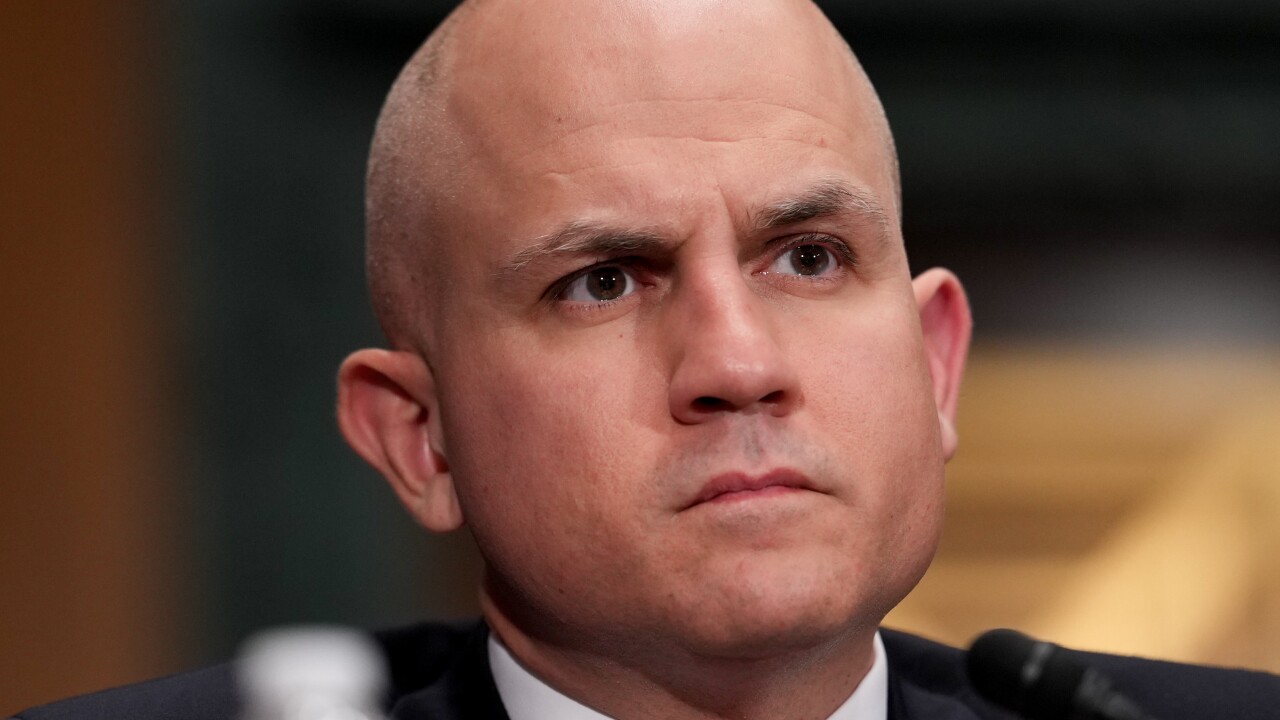
History and politics tell us that government subsidies alone will not solve the dearth of affordable housing. Private developers and private capital are needed.
Capital markets have entered a marriage of convenience arranged by Uncle Sam. The new coupling binds real estate investment trusts to affordable housing — an unlikely alliance, but one that benefits both private and public interests, and anyone who believes America's neighborhoods should be affordable for working families should cheer this arrangement.
The need for affordable housing is clear. Millions of low-income renters live in unaffordable or structurally deficient housing. One in two renter households pays over 30% of its income for rent; one in four pays over 50%. Those households struggle to pay for food, clothing, healthcare and transportation.
The federal government is not likely to increase its subsidies in light of an escalating budget deficit. The last substantial housing production program — the Low Income Housing Tax Credit program-was initiated in 1986. We have not added substantial dollars since the Clinton Administration. As a result, the country's affordable housing crisis continues to escalate, and public funding to solve the problem is stagnant.
Yet, there is hope from an unlikely source: the private sector.
The Community Reinvestment Act has motivated banks to
At the same time, developers are willing to build and rehabilitate affordable housing, but many lack sufficient capital to make a major contribution to the inventory and address the dire shortage.
REITs have been around since President Eisenhower signed the Real Estate Investment Trust Act in 1960, but only relatively recently have REITs been used for affordable housing projects.
My organization, Community Development Trust, has marshaled $1 billion to build or rehabilitate 35,000 homes at affordable rents in its 15-year existence.
Several of these projects were part of the U.S. Department of Housing and Urban Development's Rental Assistance Demonstration program, which opened up public housing to new avenues of private funding.
Public housing developments that have fallen into disrepair or financial trouble can now seek private funding for rehabilitation and refinancing. The goal is to make these developments structurally and financially secure for the long term. Demand for the program is high. Indeed, the government raised the cap on units to be refinanced-a testament to how sorely affordable housing is needed. This program opens yet another property category to financing by CDT and other privately owned institutions seeking to invest in affordable housing.
Affordable housing REITs are a bridge to the capital desperately needed to house low-income Americans.
REITs harness the engine of America's private enterprise, which has driven the construction of market-rate apartment and office buildings, to spur low-income housing as well. This marriage of convenience has the potential to become one of love.
Nicolas P. Retsinas is chair of Community Development Trust. He previously served as director of the Office of Thrift Supervision and as commissioner of the Federal Housing Administration.





